Table of Contents
One of the most recognisable features of a Dungeons and Dragons game is dice being rolled around a table; and it’s true that in D&D dice make up a core part of the gameplay. Dice are used to decide the outcomes of different actions, to give players a sense of risk and reward and to give a method of representing randomness of the universe in your game.
How many dice do you need for D&D?
The official number or ‘set’ of dice that you need to play D&D, whether a player or DM, is a 7 dice set.
This set contains 7 uniquely shaped dice, each of which has their own unique number of sides/numbers and are used for different elements of the game. These Dice are the D4, D6, D8, D10, D12, and D20, with the number dictating how many sides each dice has. Some sets also include what’s called a “percentile” dice, which is basically a D10 but marked with double digits like 20 or 30 that is used in conjunction with another normal D10 when rolling a number between 1 and 100.
To start playing D&D you only need one 7 dice set, but many people prefer to either have more than one set, or multiples of certain dice so they can roll multiple at once. For example, damage rolls on attacks frequently need multiple dice such as 3D6 or 2D8; so its easier and usually more fun to roll all these at the same time rather than rolling one dice over and over again.

History of D&D Dice
When originally designing Dungeons and Dragons Gary Gygax searched for the most appropriate dice to use. Adapting from a game which used 2D6 as it’s core dice, Gygax felt that the middle numbers of 6, 7, and 8 were occurring far to frequently, and wanted to add more chaos and randomness in to the game. Gygax had a collection of weird dice from around the world and settled on the D20 as the main game dice due to its wide range of possible rolls combined with easy numerical understanding of chance with each number being 5% e.g. if the DM states you’re magical crossbow misfires 10% of the time, that’s a roll of 2 or less.
The ‘shapes’ of the 7 dice set are all polyhedra except the D10 – D4 = Tetrahedron, D6=Hexahedron, D8=Octahedron, D12=Dodecahedron, D20=Icosahedron. Ployhedra are shapes that have all their sides made from the same shape and join at the same number of sides at each vertex. They were identified in ancient Greece by Theaetetus, a friend of Socrates and Plato.
Several polyhedral dice have actually been uncovered dating back to ancient Egypt and Roman periods. The icosahedron is the most common dice found.
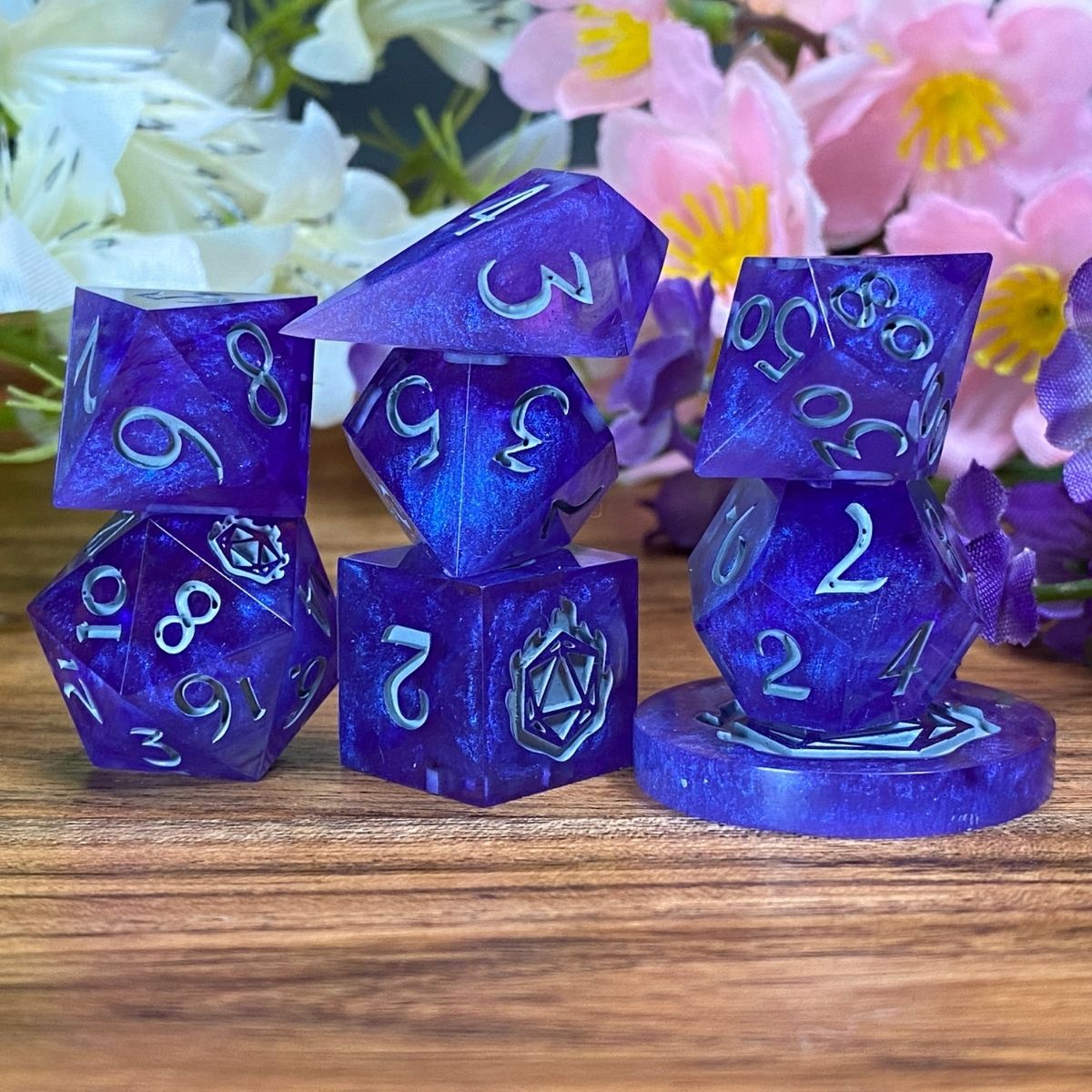
See below for a deep dive in to each individual D&D Dice.
D20
The D20 is the staple DnD dice and the main die you will roll when you play a game of Dungeons and Dragons. Each face of the die is a triangle and with 20 sides it has the widest range of all the dice in a typical dice set (excluding the D100). It’s more circular shape also means it rolls the furthest of any dice and is hence the most fun.
What is the name for a 20 sided dice?
Icosahedron
What is a D20 used for?
Everything! The D20 is used to decide the outcome of any player action, whether that’s an attack roll, and ability/skill check or saving throws. In real terms this means it decides whether your crossbow aim is good enough to hit the goblin 50ft away; or whether your player character dies from a mortal knife wound or manages to live another day. This is the dice most responsible for deciding the fate of your adventuring party. It’s also the only dice that you can roll Critical Successes or Critical Fails on. Roll a 20 and the damage you will deal on an attack such is doubled, perhaps your crossbow bolt goes straight through the eye of the goblin; roll a 1 though and maybe that wild crossbow bolt finds the leg of one of your fellow adventurers.
What does a D20 look like?

D12
What is the name for a 12 sided dice?
Dodecahedron
What is a D12 used for?
Most commonly the D12 is used for damage rolls of some the largest martial melee weapons available to players, the great axe and the lance; as well as some higher level spell damage. If you play a Barbarian this may be your go to as a D12 is also the Barbarian Hit Dice, and everyone knows how much a Barbarian loves a great axe. Some players prefer to use weapons that deal 2d6 as oppose to 1d12 damage for more consistent damage rolls. The d12 is for those who enjoy more risk in their turns and can stomach a few 1s for those clutch huge damage turns. If you’re not a barbarian however, there’s a chance you may never need to use the D12 as it is the dice with the least number of uses.
What does a D12 look like?
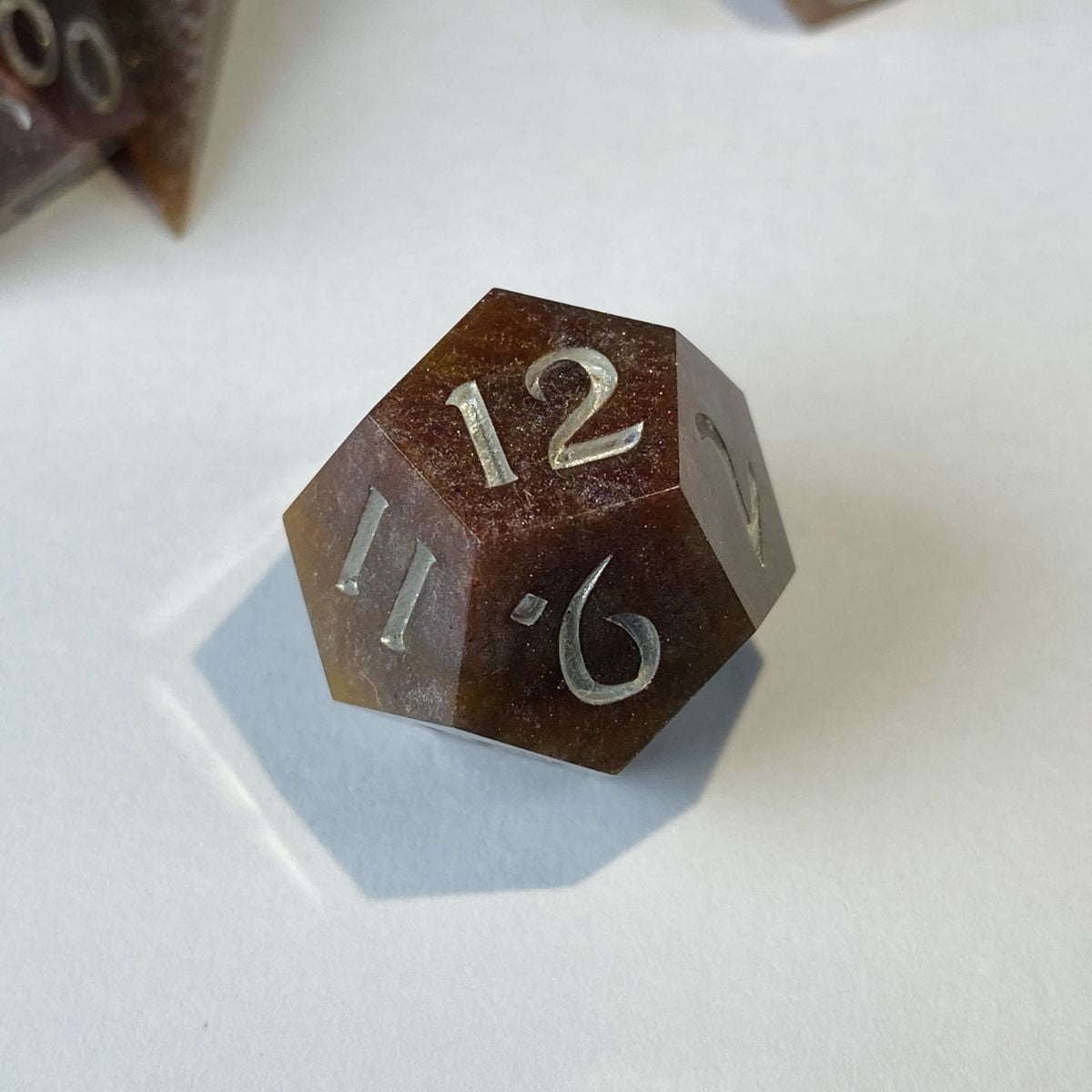
D10
The D10 is the newest of all the standard dice and unlike the other it is not a regular polyhedron. The numbers on the dice actually range from 0-9 with the 0 interpreted as 10 which can cause confusion for some new players.
What is the name for a 10 sided dice?
Pentagonal Trapezohedron
What is a D10 used for?
Like the D12, the D10 is most commonly used for damage roll from martial weapons such as the Glaive or Halberd, or spells such as Hellish Rebuke or Inflict Wounds.
What does a D10 look like?
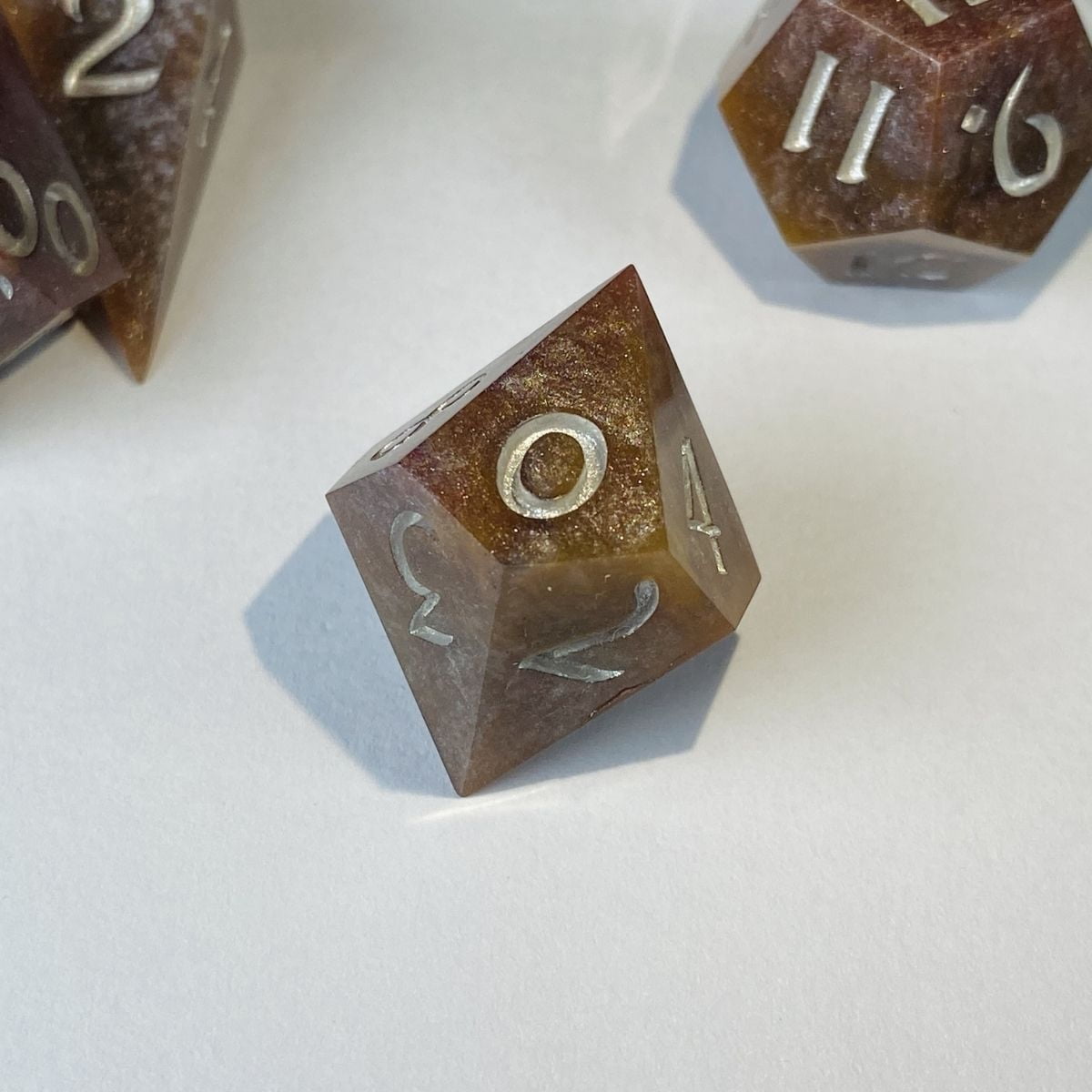
Percentile Dice
In the standard 7 dice set you actually get two 10 sided dice; one is the standard d10 with numbers ranging from 0-9, the other is what’s called a percentile dice. A percentile dice contains numbers ranging from 00 to 90 going up in tens. The reason for this is that there are certain items or spells in D&D that require you to roll a number between 1 and 100. To get this number you roll both your D10 and your percentile dice together and combine the two numbers. This does get a little confusing because unlike the D10, the numbers “00” actually represent 0 – so a roll off a 00 on your percentile dice and an 8 on your D10 would equal a final number of 8. Unless you roll all 0’s in which case you treat that as a final number of 100. So its effectively a method of rolling 1-100, (getting a 0 is impossible).
What is a Percentile dice used for?
The most likely thing you will come across percentile rolls for are the Wild Magic feature for Sorcerer’s, the Divine Intervention spells for Clerics, or in a number of magic items that can produce a wide range of random effects.
DM’s also use Percentile dice to roll for random encounters or for what treasures their players find by using treasure tables.
What does a Percentile Dice look like?
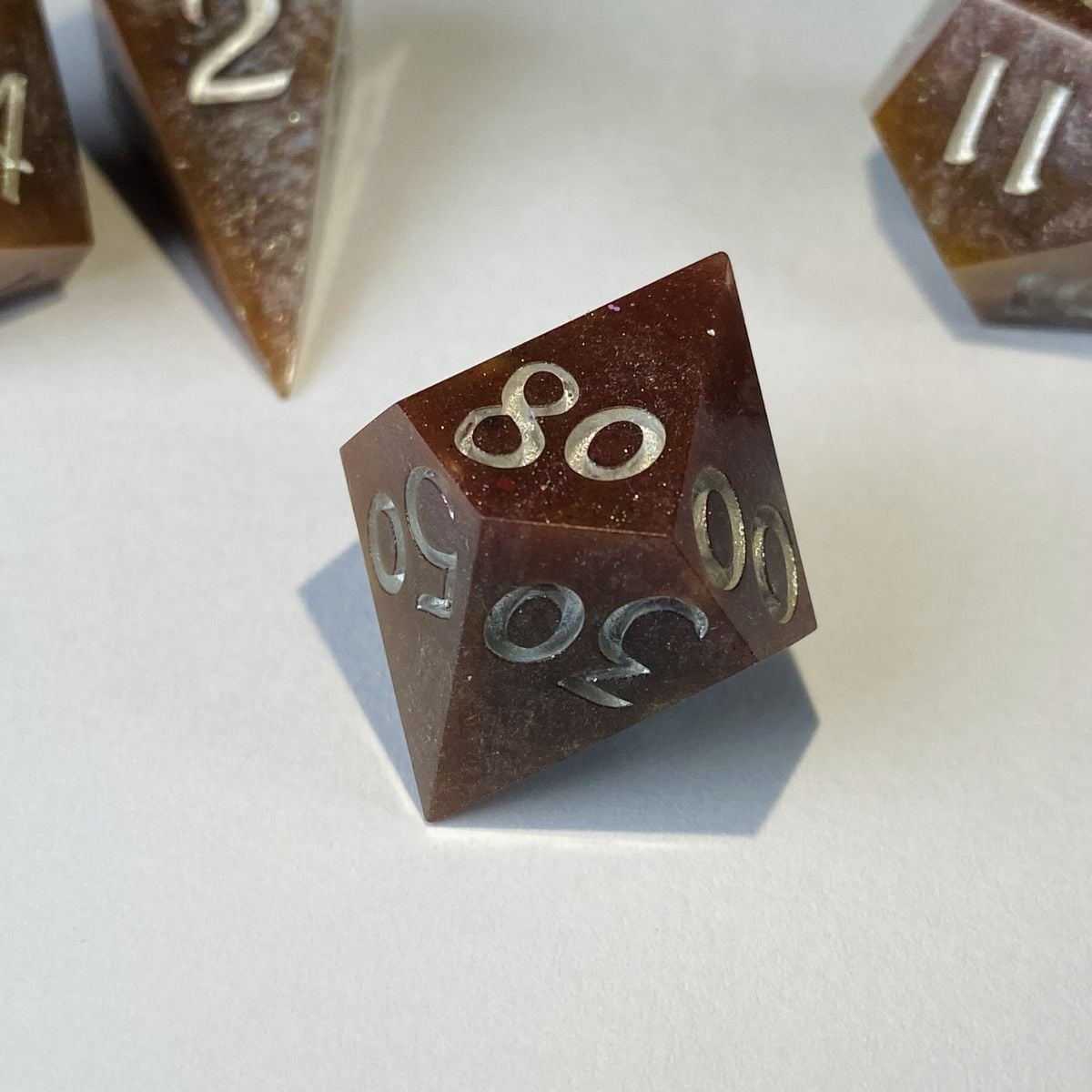
D8
What is the name for an 8 sided dice?
Octahedron
What is a D8 used for?
The D8 is commonly used for many classes Hit Dice as well as Damage rolls from one handed martial weapons such as the longsword, rapier and flail; and many spells and cantrips such as Ray of Frost, Shocking Grasp and Chromatic Orb.
What does a D8 look like?
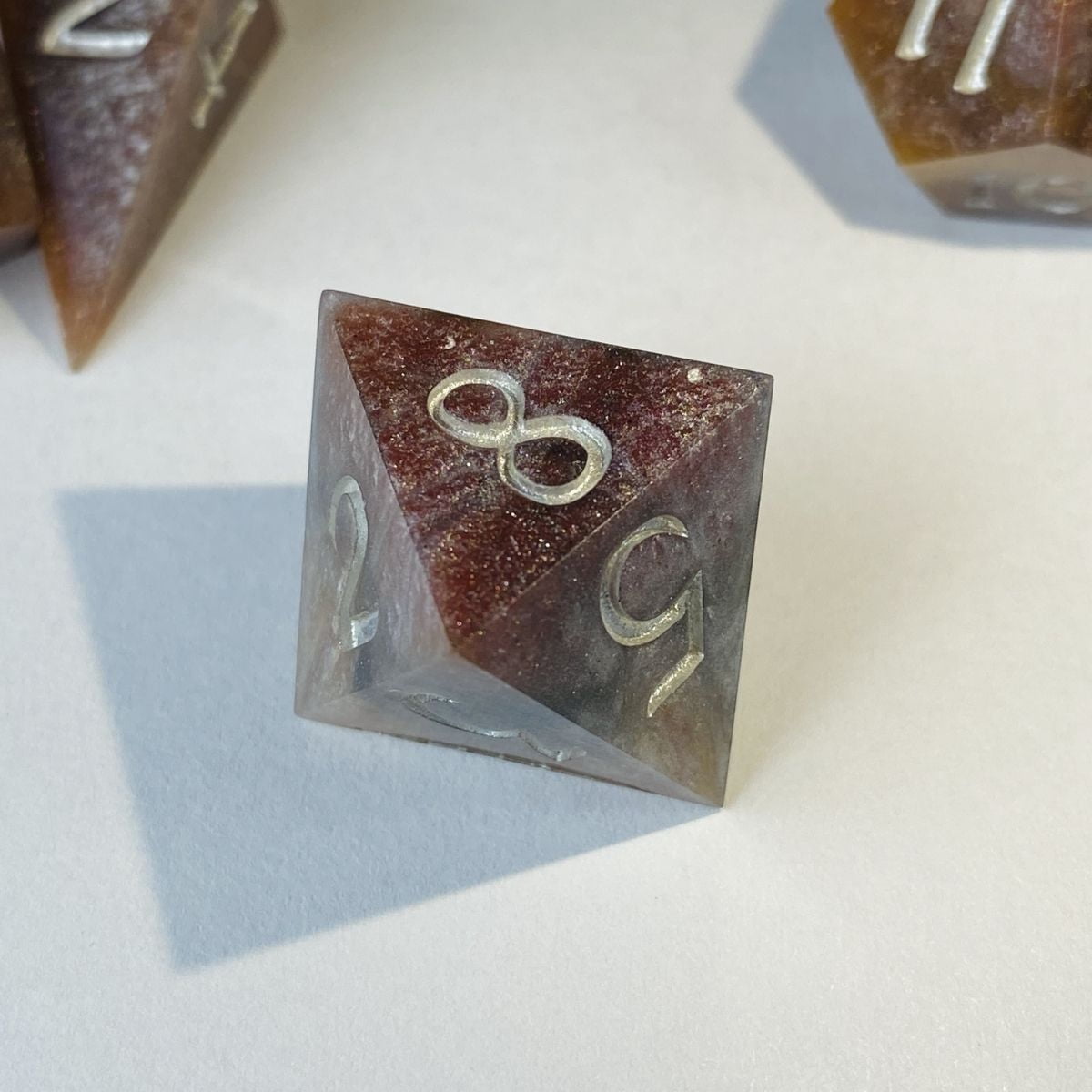
D6
The D6 is the dice that most people outside the world of tabletop roleplaying games think of when someone says the word dice. Its used in plenty of other board games across the world from Risk to Monopoly and has also been a core part of every edition of Dungeons and Dragons. D6 dice in a typical D&D 7 dice set display numbers rather that the traditional dots most commonly in other board games.
What is the name for a 6 sided dice?
Cube
What is a D6 used for?
The D6 is the dice that most people will have multiple of if any. This is because many weapons and spells have damage rolls that require multiple D6’s; this includes D&D’s most iconic spell Fireball which does 8D6 fire damage. Nothing can beat asking your friends to borrow their D6’s for the first time when you unlock the fireball spell and cast it in combat. Multiple D6’s are also used as one method to calculate a characters ability scores, rolling 4D6, discarding the lowest roll and summing to get your ability score.
What does a D6 look like?
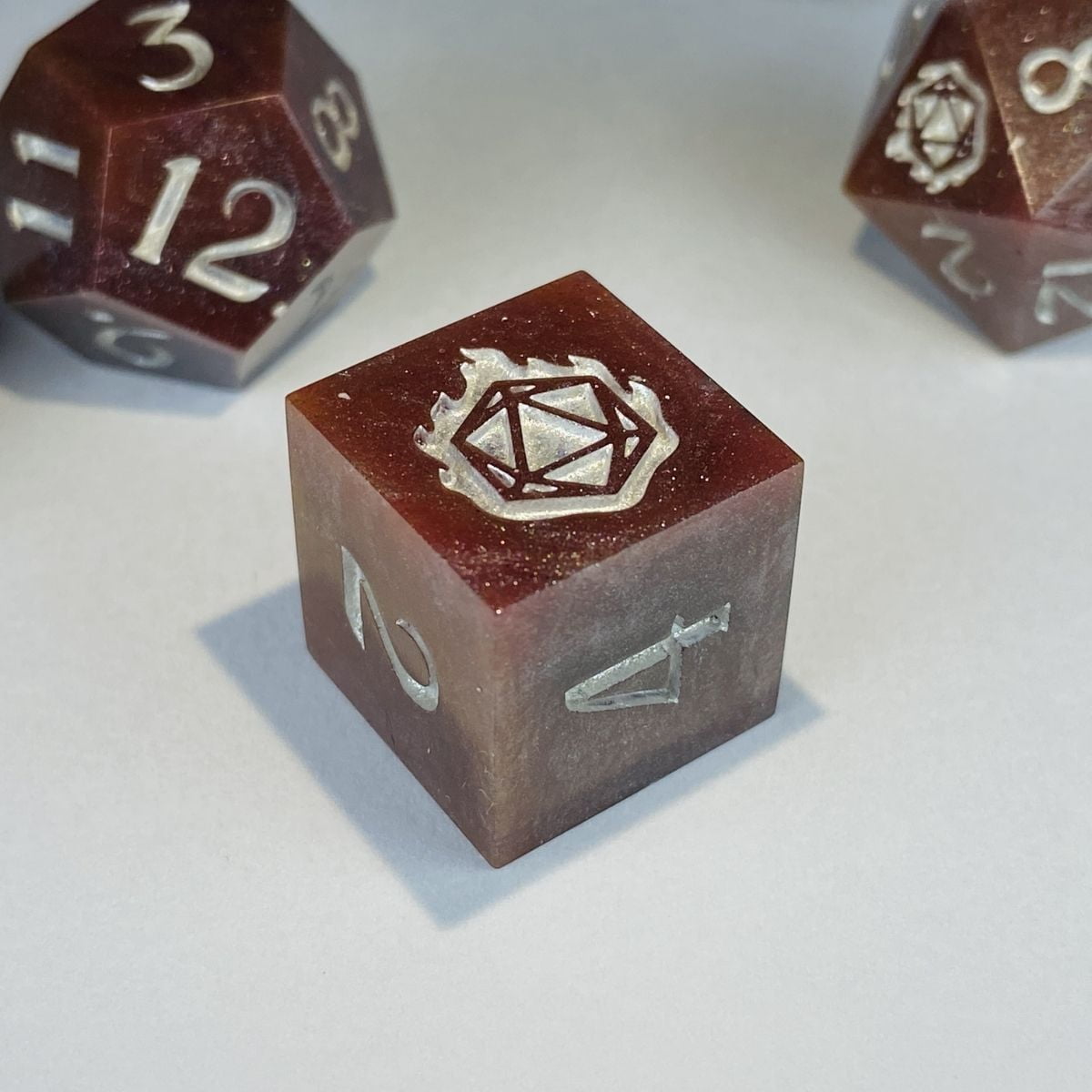
D4
Some people see the D4 as the runt of the litter. It doesn’t have high numbers, doesn’t really roll very well and if you step on one you’ll never forget it (which is where the nickname of caltrops comes from). But we have a special place in our hearts for the lowly D4. There are a few variations when it comes to the D4’s shape and numbering. The traditional D4 is shaped like a pyramid and due to this there are multiple numbers on each face. To read a traditional D4 you will either take the number at the top, or at the base, of the dice depending on which type you buy. The way to tell is to read whichever number on the dice is vertical. Other types of D4 aren’t technically Tetrahedrons like the one pictured below and so don’t need to have multiple numbers on each face and can be treated like the other dice in the set.
What is the name for a 4 sided dice?
Tetrahedron
What is a D4 used for?
The D4 is used when you want low variation in your rolls. It is used for small weapons such as the dagger or darts as well as for cantrips and healing spells
What does a D4 look like? (alterative version)
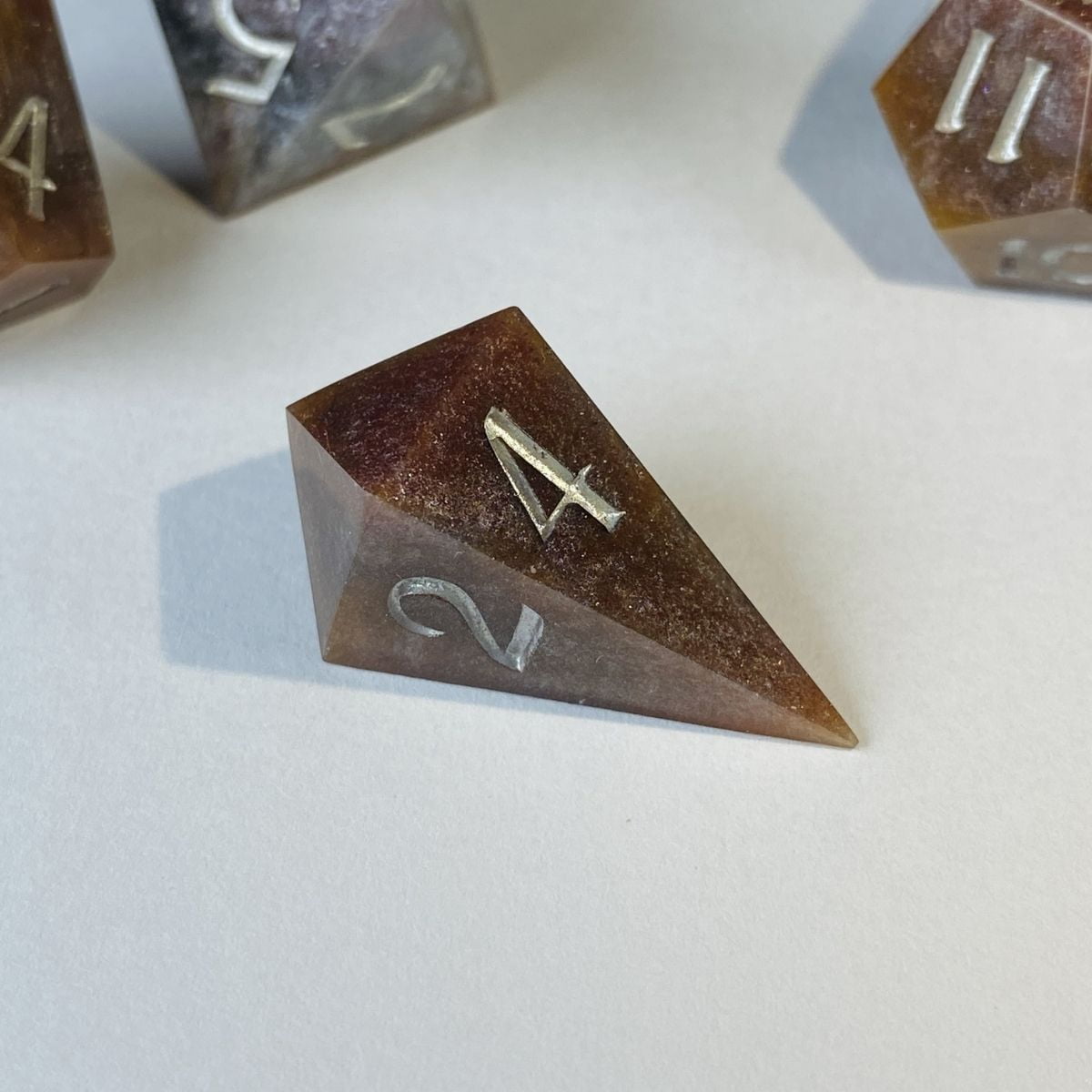
Frequently asked questions
Does everyone in a D&D session need their own set of dice?
It is generally expected that everyone in a DnD session brings at least one set of dice. It’s common to ask to borrow other players dice when rolling multiple damage dice such as 3D6; but everyone should have one of each dice.
What is a "dirty 20" in D&D?
When you hear the phrase “dirty 20” that means the player has rolled a non natural 20, or a 20 that is a result of their modifiers and hence is not a critical hit. So if a Rogue rolls to hit a troll with a short sword and rolls a 15 with +5 to attack, then they have rolled a dirty 20 and hence do not double their damage dice as they would with a natural 20 critical hit.
What does the number before the dice mean in the handbooks e.g. Hit: 11 (2d8 +2)?
When you see options in the handbooks that look like Hit: 5 (1d6 + 2) or 1D6/3; this means you can choose which option want to use. So if you are a DM for example, and you have a monster you want to use in your campaign, the stat block may say it has 27 (5d8 +5) Hit Points. So as a DM you can choose whether you want to roll 5d8+5 to decide the monsters health to add an element of randomness to the creature, or you can take 27 as its Hit Points which is the average of the rolls so you can be confident in the creature being a fair fight. It’s completely up to you.
How to roll dice better?
- Buy a worthy set of dice
- Don’t be afraid to use a dice jail
- Don’t walk under any ladders or break any mirrors
- Pray to your deity
- Shout “This is going to be terrible!” as loud as you can before rolling
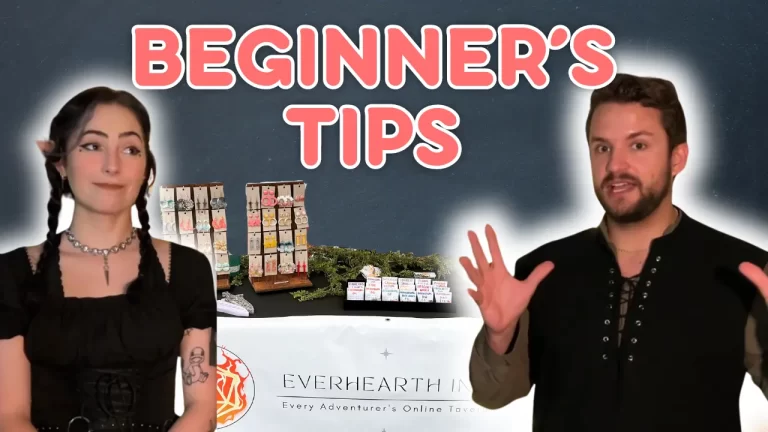
5 Beginner Tips for Selling at Conventions & Artist Alleys
Learn how to get started selling at the Artist Alley section of geek conventions like C2E2 and Comic Con!
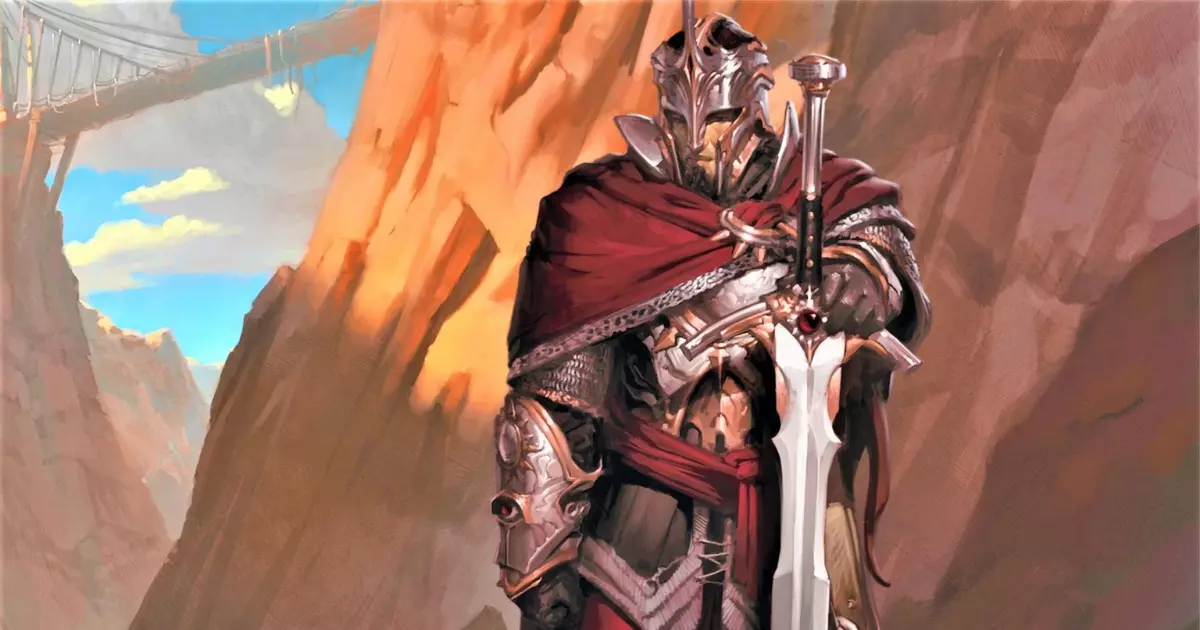
The Ultimate Guide to the Fighter DnD 5E Class
The Fighter class doesn’t always get the attention it deserves. This guide covers how to build the most fearsome Fighter in the land.
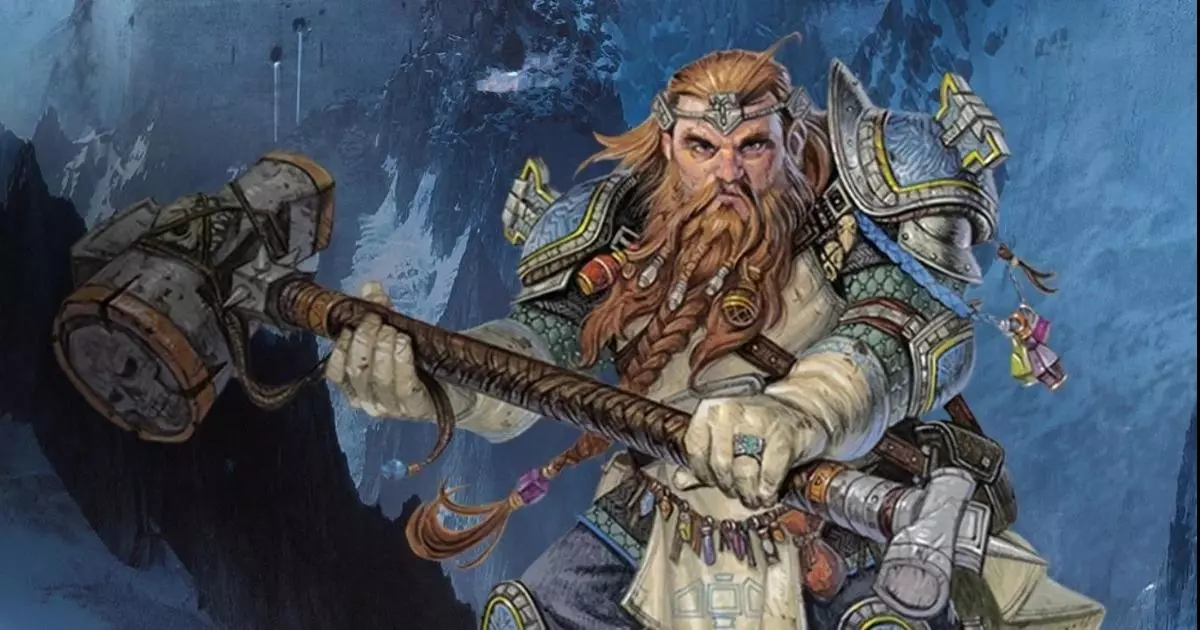
The Ultimate Guide to the Cleric DnD 5E Class
One of the best and most versatile DnD classes, the 5E Cleric is a great choice for new and veteran players alike. Find all the details in this guide
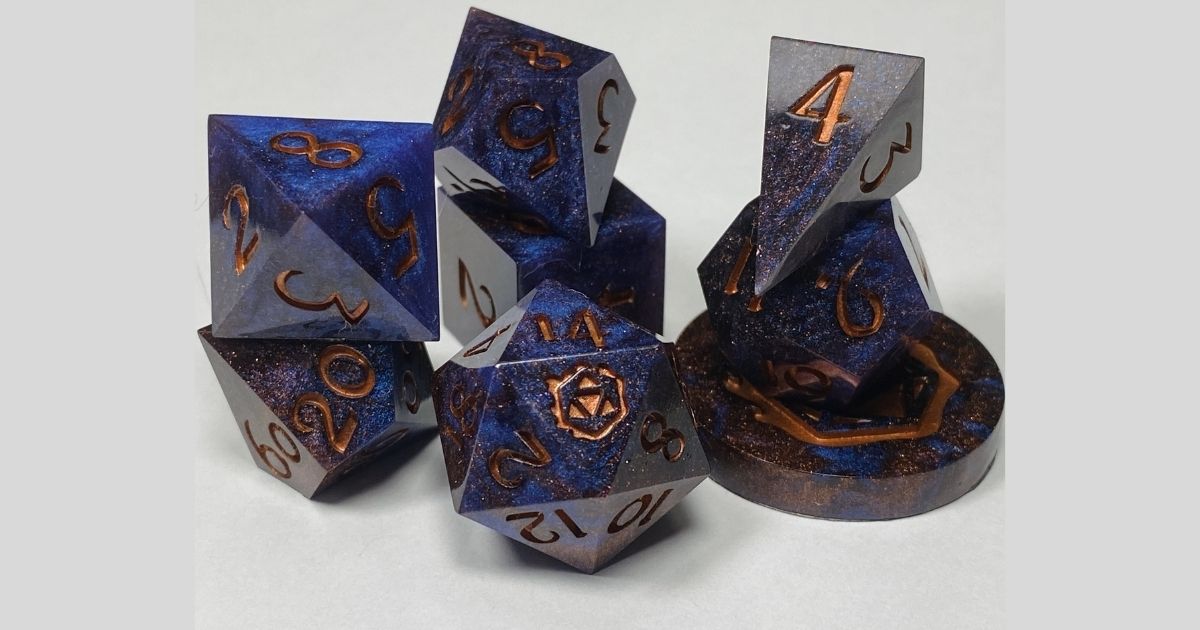
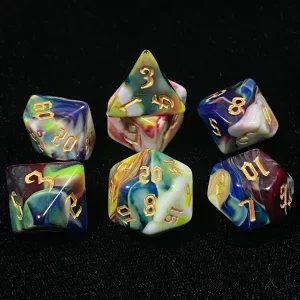
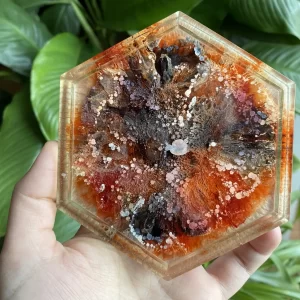
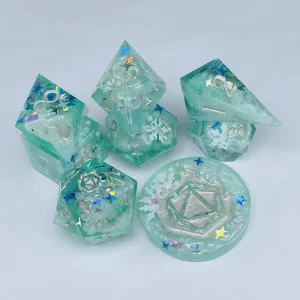
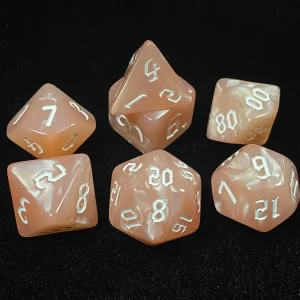
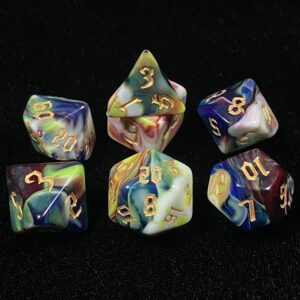
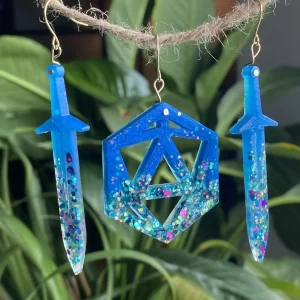
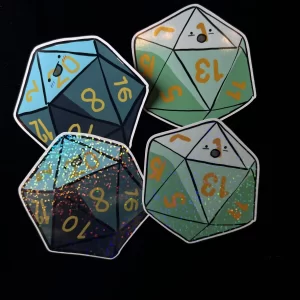

6 thoughts on “A complete guide to Dice in Dungeons and Dragons – DnD Dice explained”
Those are some pretty dice!
Pingback: How to play Dungeons and Dragons for Kids
I love the look of those dice. Where can you buy them?
Hey there! All of our handmade dice are available at https://www.etsy.com/shop/EverhearthInn
Nice
Excellent information on dice, and dungeon and dragons dice use.